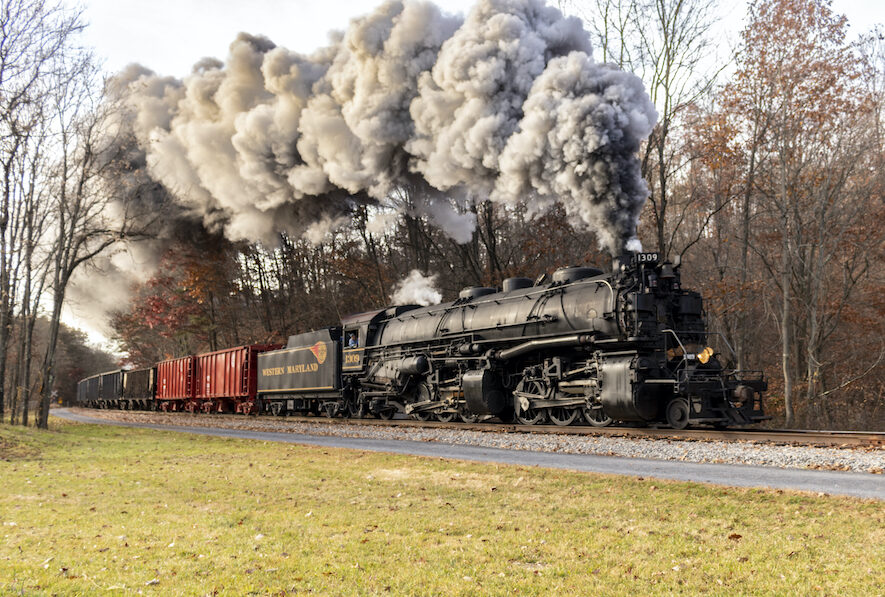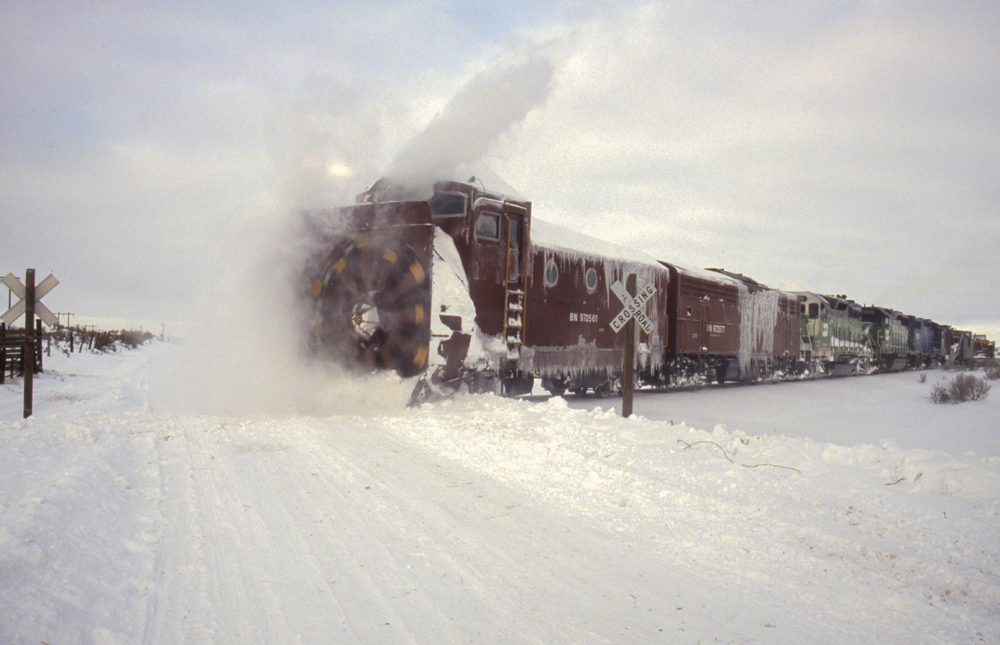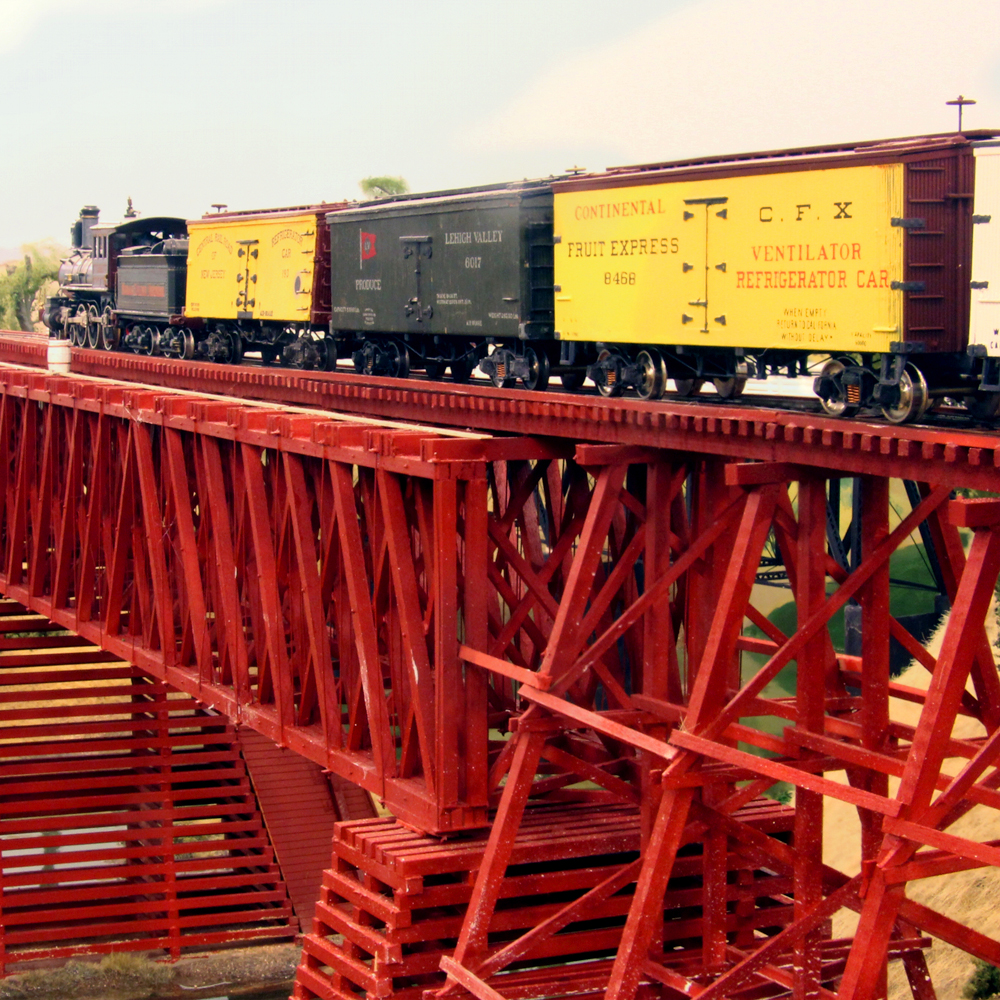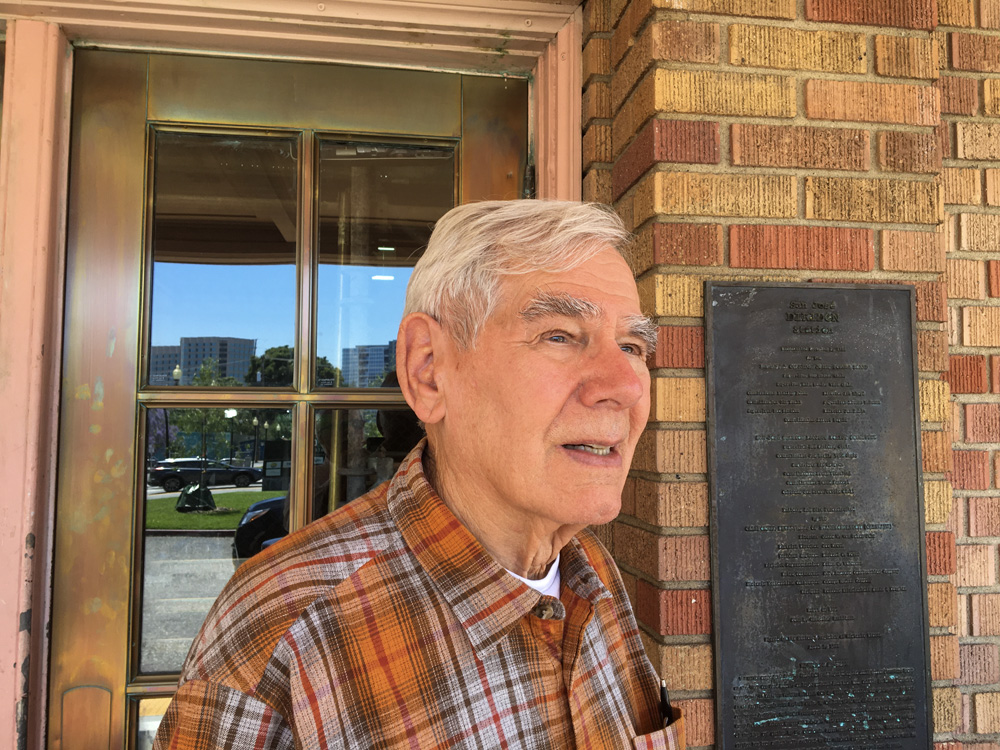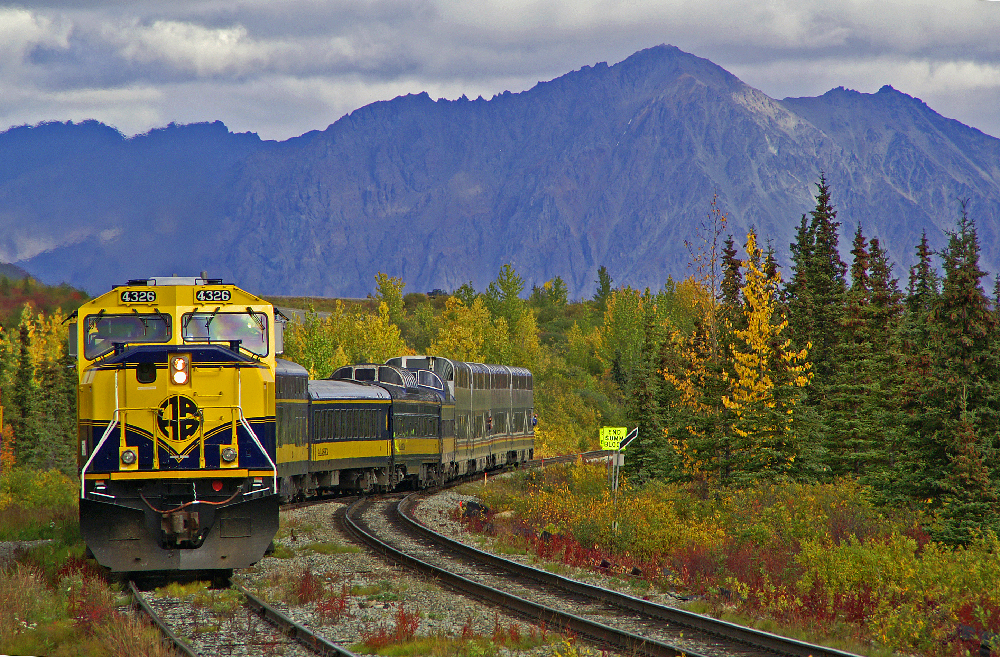
U.S. Secretary of State William H. Seward must have thought he was making the real estate deal of a lifetime — 600,000 square miles for a cost of less than two cents an acre. That is the price Seward negotiated with Edouard de Stoecki, Russian minister to the U.S., for the purchase of what would become the 49th state — Alaska. Not everyone agreed with Seward’s deal, calling Alaska “Seward’s folly” or “Seward’s icebox.” Opinions changed when the territory’s wealth of natural resources was discovered — gold, copper, coal, and, eventually, oil. Naturally, it was a railroad that played a role in making Alaska what it has become. Come along for five mind-blowing facts on the Alaska Railroad.
No. 1 — How many presidents does it take to build a railroad?
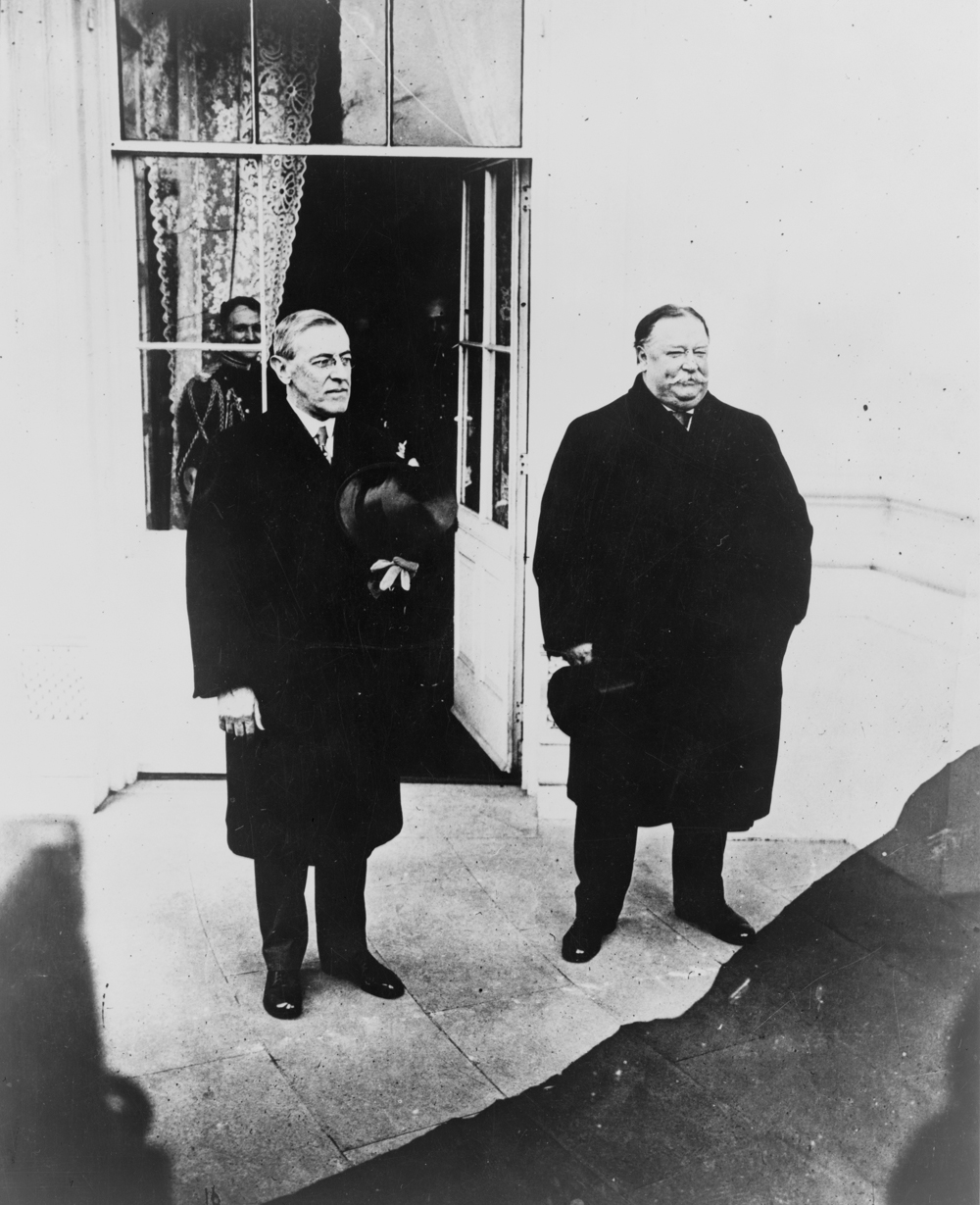
There were early attempts to build a railroad to the Alaskan interior. The privately financed Alaska Central Railroad made an effort starting in 1903 laying 70 miles of track north from Seward, located on Resurrection Bay along the southern coast, before hitting financial troubles. The Alaska Northern attempted to pick up where the Central left off but met with the same fate.
On Aug. 2, 1912, the U.S. Congress became involved, deciding that the matter of Alaskan transportation was too important to leave in private hands. President William Howard Taft was instructed though the Alaska Territorial Act to appoint a commission that would examine and survey the current transportation situation. By fall of that year, the commission reported that a railroad was needed, suggested two possible routes, and indicated that the best, and possibly only way, to construct such a railroad was if the government did so. The commission also stated that once built the government should operate the railroad.
It took two years for Congress to act on the report. On March 12, 1914, President Woodrow Wilson was charged with construction and operation of the Alaska Railroad. Wilson was given a budget of $35 million (approximately $26.3 billion today) with which he was to build a railroad no longer than 1,000 miles. The line needed to reach Alaska’s coal deposits and connect a sea port with an interior navigable river.
It took eight years and $60 million to complete the line 470-mile line to Fairbanks. Seward became the required sea port with the government’s purchase of the Alaska Northern at $16,000 per mile.
Thus far, two U.S. presidents have been involved …
No. 2 — President Harding drives “gold” spike, then dies
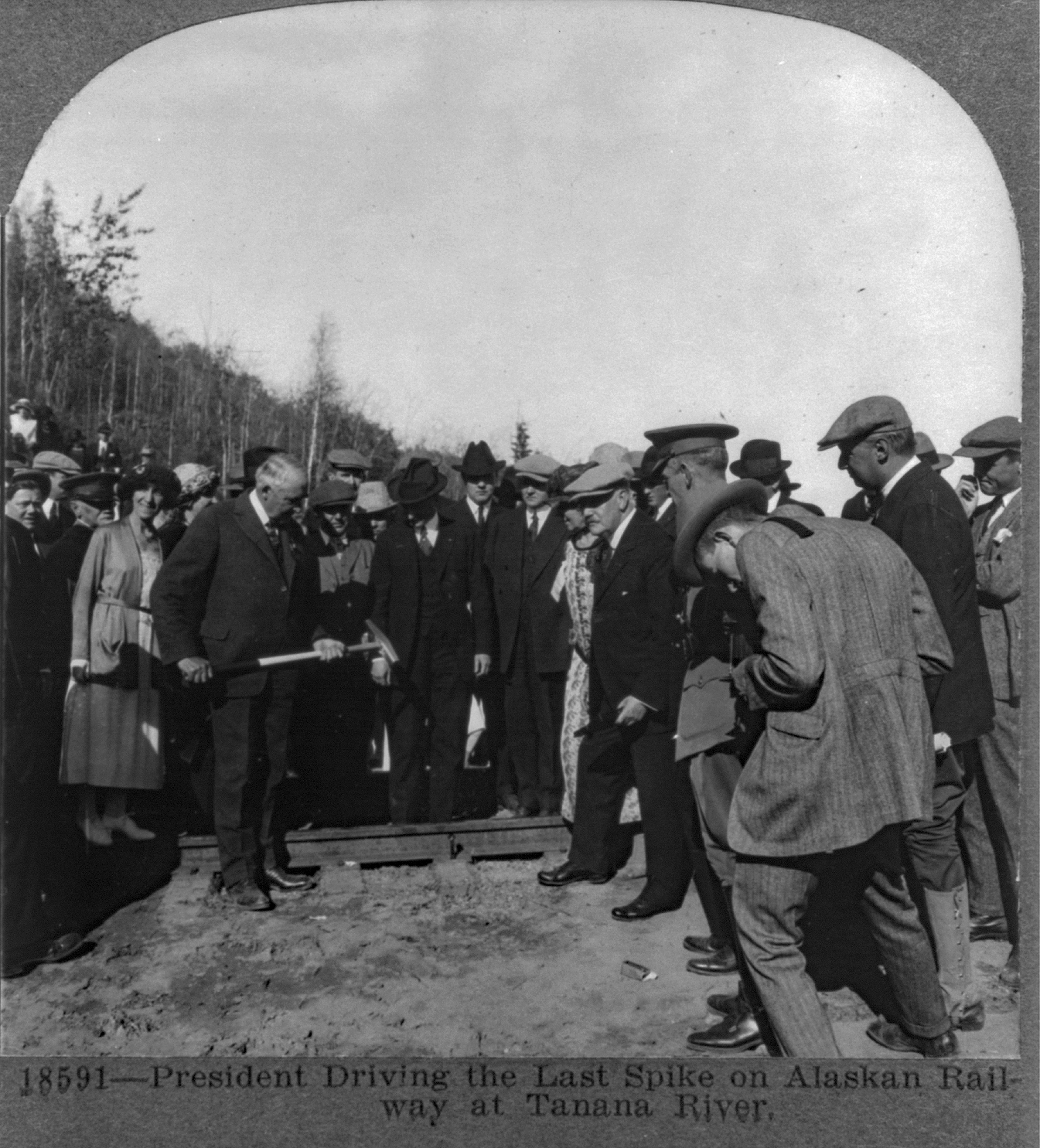
It took three presidents to build the Alaska Railroad.
It was a hot day — around 90 degrees — at North Nenana on July 15, 1923. Territorial Governor Scott Bone inserted the gold spike into the tie. After two misses, President Warren G. Harding drove the spike home marking the completion of the railroad. At the time, the line was called the Government Railroad. In August 1923, the name was officially changed to the Alaska Railroad.
Before driving the gold spike, Harding visited Mount McKinley National Park, making him the only sitting U.S. president to do so. (The park and mountain were renamed Denali in 2016.) There is some controversy as to whether or not he actually visited the park. Harding stopped at McKinley Park Station, which in 1923 was on land adjoining the park proper. The president is reported to have mingled with those assembled on the platform and then returned to his private Pullman car for the trip to Nenana. The land around the station was added to the park in 1932.
Tragically, this third president died only a few weeks after visiting Alaska. Harding suffered a massive heart attack on the evening of Aug. 2, 1923, while resting in a San Francisco hotel room. At the time he was on a nation-wide rail tour garnering support for his re-election campaign.
No. 3 — Dogs, railroads, boats, airplanes, and Alaskan transportation
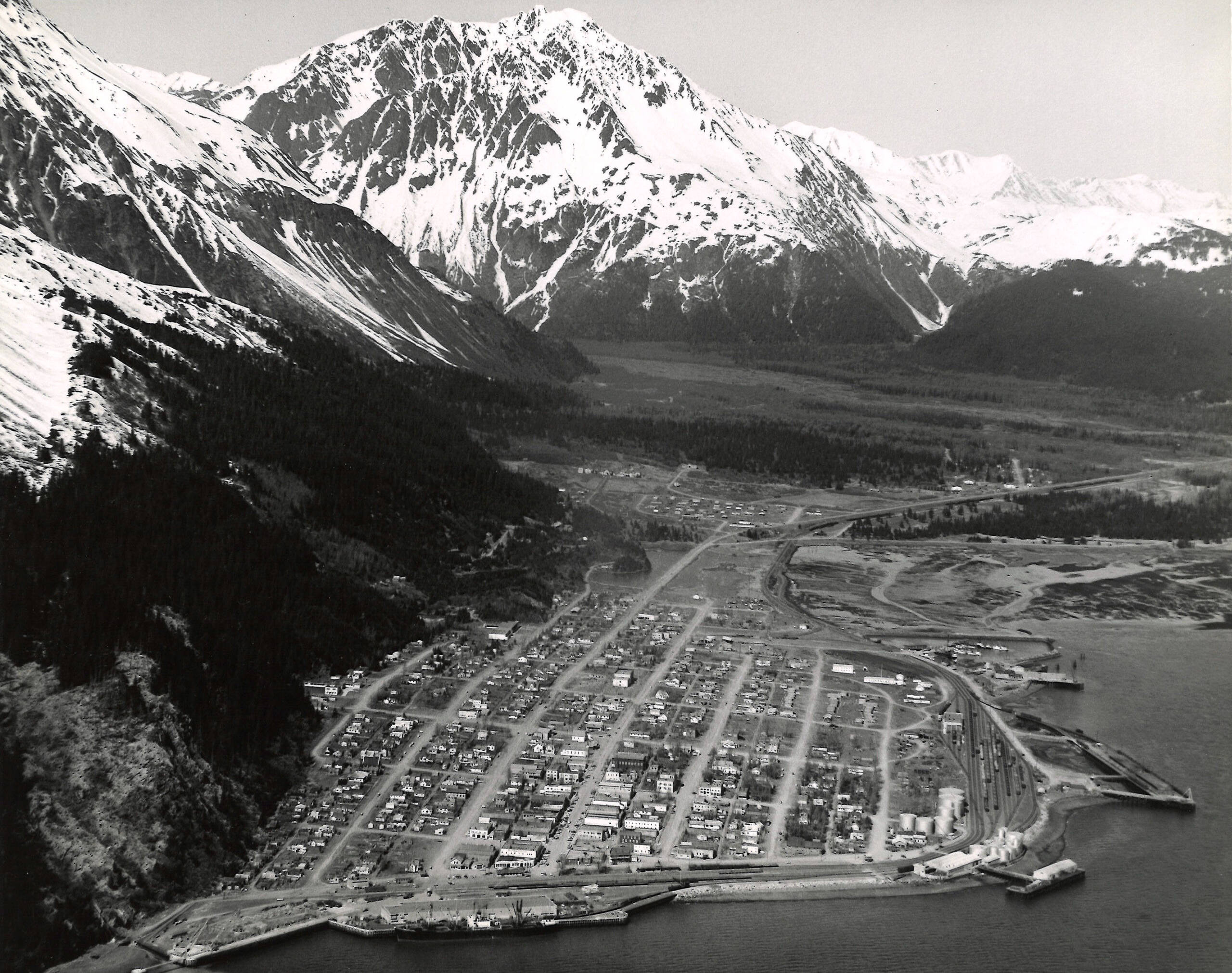
Even today, Alaska is a vast wilderness with a climate that can range from a sunny, 90-some degrees hot to more than 50 degrees below zero with snow and 80 mph winds. There are mountains, formidable rivers, marsh lands, and forests. Between 1880 and 1914 there were 30 serious gold rushes into Alaska. A location in the remote wilderness would overnight be turned into a bustling city, only to die off a few months or years later.
Reaching such remote boom towns was a transportation challenge. Alaska has used an interesting combination of transportation, with one key element missing that is prevalent in the rest of the U.S. Generally, most of the Alaskan interior boom towns were served by a form of water transportation. Steamships worked until winter froze the waterways. Then a combination of railroad and dog sled was used. The gold-boom city Iditarod, which at one point tallied more than 10,000 residents, was reached by the rail-dog sled combo. In the early 1900s the tracks ended 50 miles north of Seward. This is where the Iditarod Trail began. Freight would be transloaded to dog sleds. A typical sled would carry around 1,000 pounds and be pulled by a team of 20 dogs. Traveling the entire Iditarod trail to Nome was a three-week trek covering more than 1,150 miles.
The riverboat-railroad-dog sled combination lasted until the mid-1920s. The airplane then took over as the preferred method to reach wilderness towns. Alaska bypassed the dense road and rail network developed in the Lower 48 states. In the early 1900s dog sled teams were as prevalent as snowmobiles and ATVs are today. Interestingly, the railroad still plays a critical role in Alaska transportation. Most of the state’s population live along the Alaska Railroad.
No. 4 — A rail tunnel to Russia
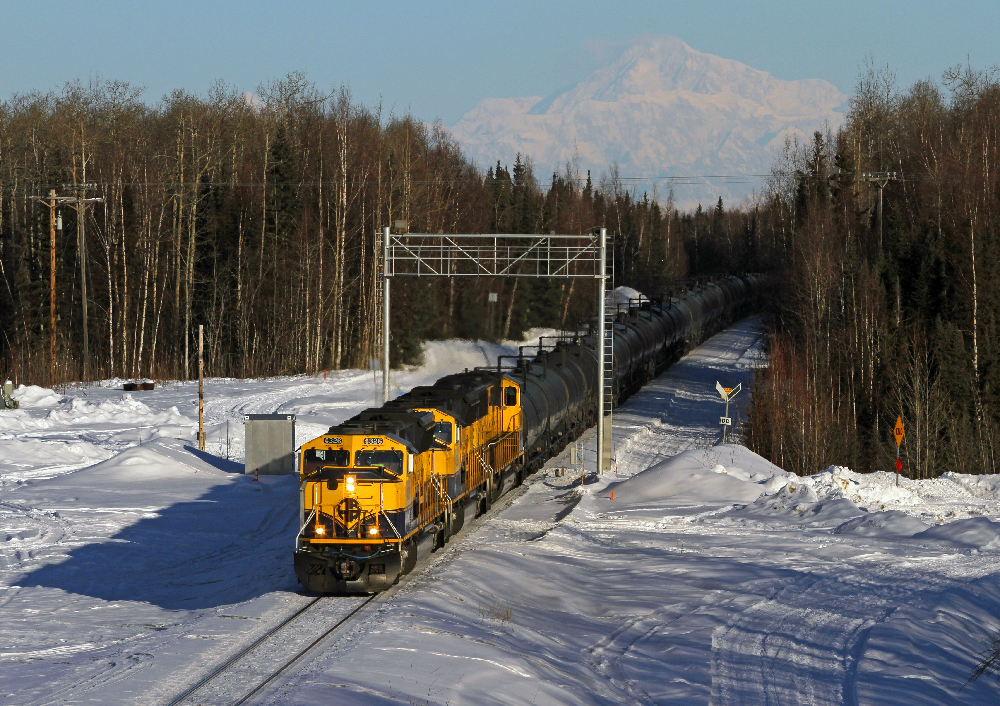
What if the Alaska Railroad were to expand, connecting with a route across Canada leading the Lower 48 states? What if that same line, going west, connected with a Russian railroad line — via a tunnel under the Bering Strait off Alaska’s west coast? Ultimately, North America, South America, Asia, Africa, and Europe are all connected via this massive trunk line. This vision was forwarded by Dr. Hal H.B. Cooper, an engineer and transportation visionary, in the early 2000s.
Cooper’s idea was based around the Bering Strait Interhemispheric Tunnel. The concept was based on the social, economic, and environmental improvements rail transportation could bring to the global community. The Bering Strait tunnel concept was illustrated in a 2003 forward-looking painting by artist J. Craig Thorpe.
Just imagine a rail tunnel under the Bering Strait. Your next trip on the Alaska Railroad could include a side jaunt to Siberia.
No. 5 — How low is high?
The Alaska Railroad traverses a land of unusual contrasts. One of the more interesting ones is the railroad’s highest point. Traveling north from Seward and Anchorage the scenery is eventually dominated by Mount Denali, the highest peak in North America at 20,310 feet. All of 80 miles away is the highest point on the Alaska Railroad — Summit (mile post 312.5) at an elevation of 2,363 feet. This is the lowest rail crossing of the Rocky Mountains and it stands in close proximity to the highest point on the continent.
Like this article? Read “Five mind-blowing facts about Christmas and trains.”
…………………..
Explore Alaska with Trains Magazine
Now that you are interested in the Alaska Railroad and the amazing land it passes through, we’d like to invite you along on a rail adventure in the 49th State. Trains Magazine has teamed up with Special Interest Tours to present a 9-day tour on the Alaska Railroad.
Along the way you will enjoy the contrasting scenery, visit the restoration shop for Alaska Railroad steam locomotive No. 557, tour the Alaska Transportation Museum, and enjoy top-flight service aboard the Alaska Railroad. We travel Sept. 10-18, 2024. Bob Lettenberger, Trains associate editor, will be traveling with the group.
For more information or to reserve your space, please visit Special Interest Tours.






